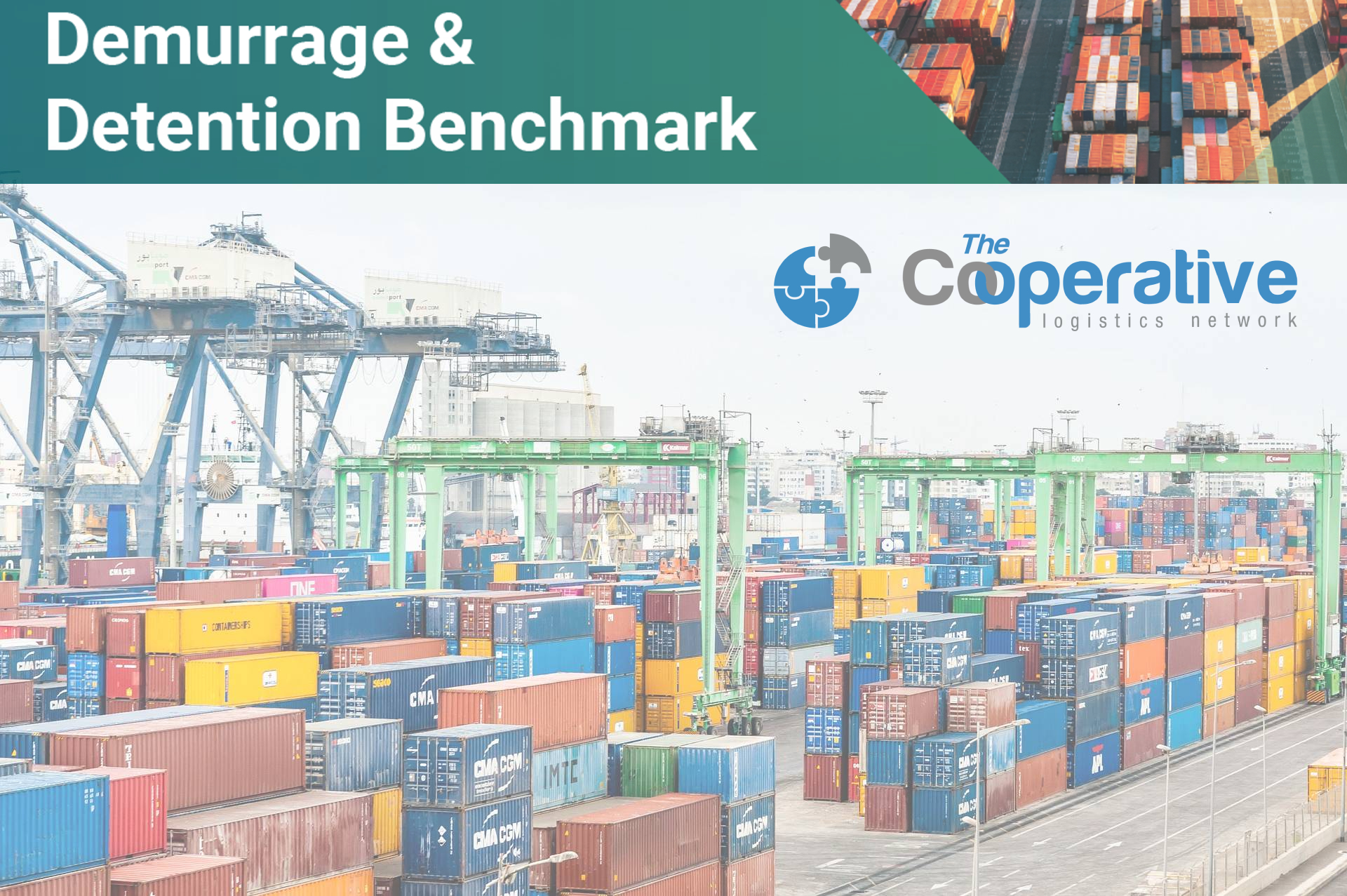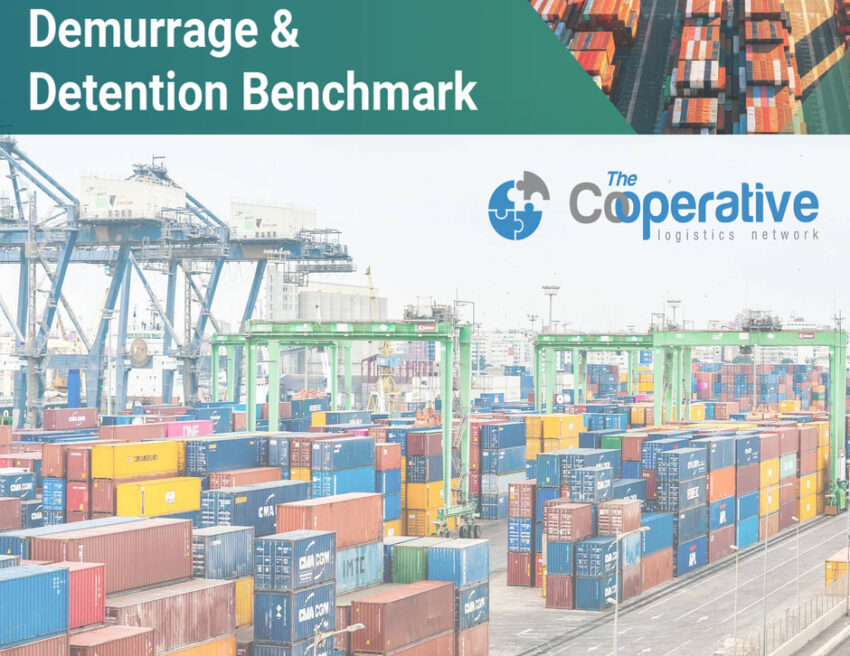Freight forwarders who regularly send out sea freight shipments are surely aware of the much-dreaded demurrage and detention charges. Demurrage and detention fees were introduced as compensation to the equipment and container owners for the use of their warehouses, container yards, freight stations and containers. These fees act as an incentive for the shipping companies to return the equipment and free the storage area within the least possible time. Moreover, it helps to avoid equipment shortages and improves the turnaround time. However, more often than not, they become an unpleasant burden that proves frustrating for the shipping companies.
In today’s post, we do an in-depth discussion on the demurrage and detention fees in container shipping. Additionally, we are also going to provide you with several tips to minimize these charges.
What are demurrage and detention charges in the container shipping industry?
Demurrage is the charge the shipping company needs to pay using a container beyond the allotted free time. Generally, the free time for the containers last for 4-5 days. Beyond this period, the freight forwarder needs to pay a daily demurrage charge until the shipment leaves the terminal. Demurrage fees can range from $75 to $150 per container per day. However, this charge is just for the first 5 days after which the charges tend to increase.
Detention charges are defined as the charge paid for a container outside the terminal and beyond the free time period. Detention is charged per container per day and the amount usually differs according to carrier and container type and location. While exporting a shipment, the detention starts when the empty container is lifted from the yard. The detention ends when the container with all the shipments reaches the port terminal. While importing shipments, the detention commences when the loaded container is picked up from the terminal. The detention ends when the empty container is finally returned to the container yard.
Demurrage and detention charges are added to your shipment as soon as it surpasses the number of free days. These charges keep accumulating until the shipment reaches the consignee’s destination. Although independent freight forwarders specializing in container shipping might find these charges unreasonable, they are very profitable for the shipping lines.
What leads to demurrage and detention charges?
- You often might need to pay a demurrage/detention charge for circumstances beyond your control. These circumstances include but are not limited to bad weather, labour issues, port congestion, or shortage of trucks or equipment
- At times when your containers are held up by customs for an inspection you might need to pay a demurrage/detention charge.
- Mistakes in your documents or incomplete documents are yet another instance where you might need to pay an extra charge. Amending the faulty document at times takes several days leading to a hefty demurrage/detention charge.
- Situations, where the exporter takes a long time in sending the document to the importer, is yet another circumstance that could lead to demurrage or detention.
- At times the carriers fail to release a cargo because of payment related problems. The late release of containers at the destination is yet another factor responsible for demurrage/detention charges.
- There are also delays in situations when the consignee cannot be contacted.
How to calculate demurrage/detention charges?
We will give you an idea of calculating your demurrage/detention charges with the example of a 20 feet container. Let’s suppose you have one container that arrives on the 9th of April and can be collected on the 3rd of May. That means it’ll be 25 days until the container is picked up. The other numbers you need to calculate your demurrage/detention charges are:
- Number of free days: 5
- Days in total charged with detention and demurrage: 20
- The rate on 20ft on the first 10 days: 60,00
- The rate on 20ft after the 10 days: 120,00
When you need 25 days, you will pay charges for the 20 of the days as you have 5 free days. This means you’ll be paying a total of 1800,00. A look at the Demurrage and Detention Report will help you understand how the blank sailings and container shortage have affected the demurrage/detention charges.
Tips to reduce demurrage/detention charges
Ensure that your shipment is ready on time
The most foolproof way of lowering detention charges is to make the best of the free time allotted to you by your container provider. The process of ensuring this starts even before the empty container arrives at your location. Before anything else, you need to make your shipment ready for pick-up on time. Your loading crew must quickly load the container as soon as it reaches your location. This way, the container might reach the port while the free time is still running.
Pay attention to the customs clearance process
It is always a good idea to do your customs clearance process beforehand. Most competent independent freight forwarders manage the customs clearance process well in advance. In other words, all your customs brokerage tasks should ideally be finished before the container arrives at its destination. This ensures that the container leaves the terminal while the free time is still on. Moreover, this also helps to minimize the problem of storage. You need to keep the following documents handy for quickly concluding the administrative steps: commercial invoice, bill of landing, arrival notice, packing list, DG document and Import Licence (if required).
Include the demurrage/detention and storage fees in your quote
Including the demurrage/detention and storage fees in your quote can save you a lot of trouble. You should ideally state the demurrage/detention charges on a per day and per container basis.
Choose a trusted freight forwarder
A trustworthy and experienced forwarder will carefully plan your cargo’s journey. They will source the right ocean carrier and trucking companies to offer you a cost-effective rate. Most importantly, they will promptly handle your documentation and customs clearance process and find you a perfect storage solution.
Rather than depending on an unknown freight forwarder to transfer your customers’ valuable shipments, it is always suggested that you partner with a trusted freight forwarder. All Coop members are the most reliable logistics companies in their localities and all of them had to pass a strict selection process to become a part of the network.
Make use of SOC containers
SOC or shipper owned containers are coming up as an useful solution to the problem of demurrage/detention fees. In this case, rather than using a container liner’s assets, you “bring your own box”. All you have to do is purchase the slot on the vessel from the carrier. A frequent example for SOC shipments is project cargoes into remote hinterland locations. Here it might take 30-40 days to return the container back to the port. SOC Containers can help you in the following ways:
- Control of supply: You can source the containers on your own. That is crucial for locations where carriers are unable or unwilling to provide boxes or only offer them at very high rates.
- Control of ownership: You can choose accurately which containers you need in which condition for which period of time. It includes the choice between whether to buy or simply lease the container depending on the current need.
This post is created in collaboration with Container Xchange. Check out their article by clicking the image below.



